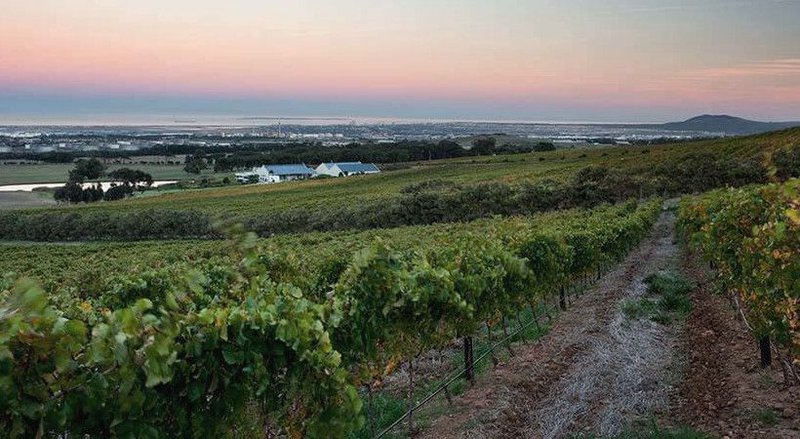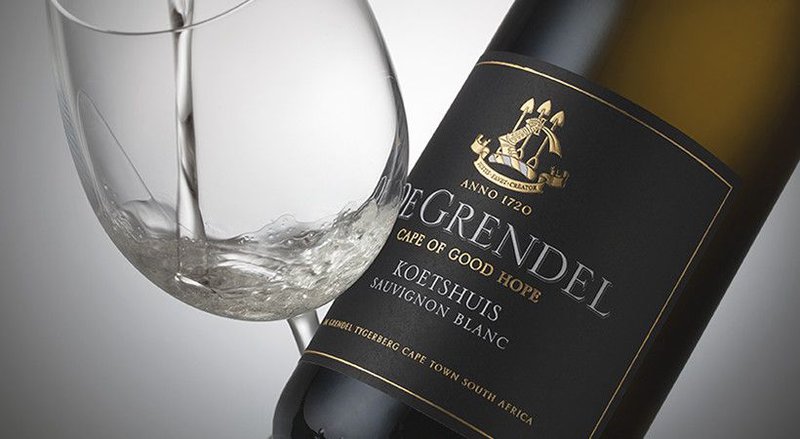Over the years a few producers have consistently produced high quality sauvignon blanc wines, displaying skills in balancing the upfront fruit flavours associated with the variety and the inherent high acidity in a way that has presented the wine as a fresh, yet complex and elegant drink. One of these winemakers is Charles Hopkins at De Grendel. Over the years, the estate’s flagship sauvignon blanc, Koetshuis, has developed an iconic status as a multi-awarded wine.
The 2017 vintage is no exception, despite a very warm ripening season normally not associated with a good vintage. The wine presents itself with a bright, pale straw colour. The nose is typically sauvignon blanc, exuding fragrant sweet honeysuckle, nuanced stone fruit, or pear and Granny Smith apple, before subtle aromas of nettle, green asparagus and pea assert themselves with a subtle, steely mineral element.
This deceptively complex and integrated nose follows through onto the palate with generously concentrated flavours of green fig and zesty lime, which are aptly supplanted by persistent grapefruit flavours nuanced by firm acidity and a balanced, lingering mineral finish.
I’ve learned that this is a wine that will reward patient wine lovers. Leave it in a cellar for a few years, and the drinker is likely to get blown away as the primary flavours will have mellowed and integrated to give way to elegance and subtle complexity.

What's on offer
The crisp, grassy De Grendel Koetshuis Sauvignon Blanc was so named because the grapes used to make this wine are grown in the sprawling vineyard right next to the old coach house (‘koetshuis’ in Afrikaans) where wagons were once kept.
These grapes are blended with grapes from Darling to create the very fresh wine that was awarded Veritas Double Gold for the 2013 vintage.
The Koetshuis sauvignon blanc grapes are handled differently in the vineyards as well as in the cellar to ensure a bigger and a bolder wine. They’re picked riper, receive longer skin contact and longer cold settling, as well as extended lees contact after fermentation, with bâtonnage at more frequent intervals.
For more information, visit degrendel.co.za

